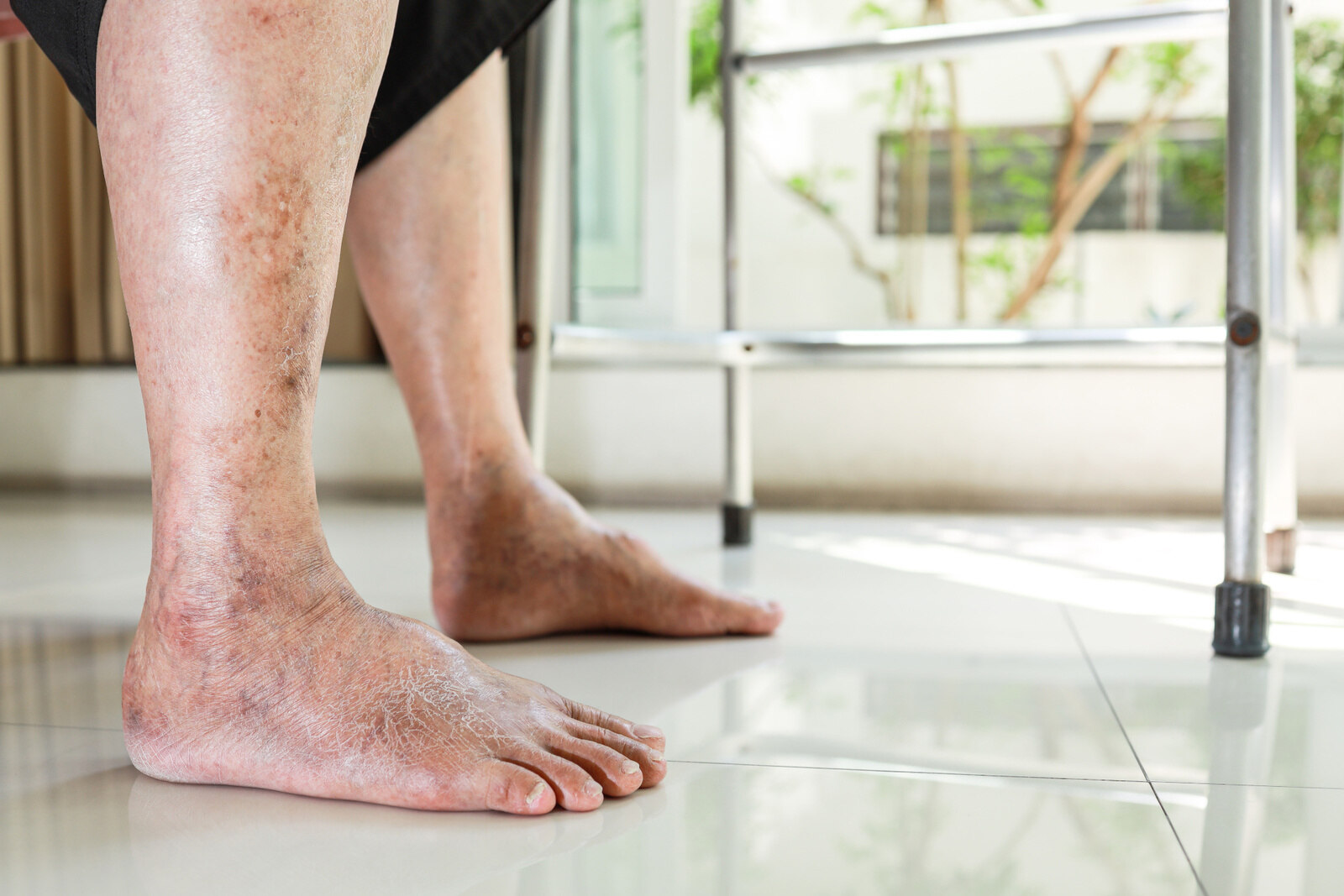
Peripheral Artery Disease (PAD) is a common yet often overlooked condition that affects millions worldwide. PAD occurs when arteries narrow, reducing blood flow to limbs. This can lead to pain, mobility issues, and even severe complications if untreated. Understanding PAD is crucial for early detection and management. In this blog post, we'll share 28 facts about Peripheral Artery Disease to help you recognize symptoms, understand risk factors, and explore treatment options. Whether you're concerned about your health or a loved one's, these facts will provide valuable insights into PAD. Let's dive into the essential information you need to know.
Key Takeaways:
- Peripheral Artery Disease (PAD) affects millions, especially those over 50. Smoking, diabetes, and high blood pressure are major risk factors. Recognizing symptoms early and making lifestyle changes can improve outcomes.
- Preventing PAD through a healthy diet, regular exercise, and managing risk factors is crucial. Complications of untreated PAD can lead to severe pain, heart attack, stroke, and even limb amputation.
What is Peripheral Artery Disease?
Peripheral Artery Disease (PAD) affects the blood vessels outside the heart and brain. It often narrows arteries, reducing blood flow to limbs. Here are some key facts about PAD.
-
PAD is a common circulatory problem. It affects millions worldwide, especially those over 50.
-
Smoking is a major risk factor. Smokers are significantly more likely to develop PAD.
-
Diabetes increases PAD risk. High blood sugar levels can damage blood vessels, leading to PAD.
-
High blood pressure contributes to PAD. It can cause arteries to harden and narrow.
-
High cholesterol is another risk factor. Excess cholesterol can build up in artery walls, restricting blood flow.
Symptoms of Peripheral Artery Disease
Recognizing PAD symptoms early can lead to better outcomes. Here are some common signs to watch for.
-
Leg pain when walking. This pain, called claudication, usually goes away with rest.
-
Numbness or weakness in legs. Reduced blood flow can cause these sensations.
-
Coldness in lower leg or foot. One leg may feel colder than the other.
-
Sores on toes, feet, or legs. These sores may heal slowly or not at all.
-
Change in leg color. Legs may appear pale or bluish.
Diagnosing Peripheral Artery Disease
Early diagnosis is crucial for managing PAD. Here are some common diagnostic methods.
-
Ankle-brachial index (ABI). This test compares blood pressure in the ankle and arm.
-
Ultrasound imaging. It helps visualize blood flow in arteries.
-
Angiography. This imaging test uses dye and X-rays to view blood vessels.
-
Blood tests. These can check for diabetes, cholesterol levels, and other risk factors.
Treatment Options for Peripheral Artery Disease
Managing PAD often involves lifestyle changes and medical treatments. Here are some common approaches.
-
Quitting smoking. This is one of the most effective ways to improve PAD symptoms.
-
Exercise programs. Regular walking can help improve symptoms and overall health.
-
Medications. Drugs can help manage symptoms and reduce risk factors.
-
Angioplasty. This procedure opens narrowed arteries using a balloon and stent.
-
Bypass surgery. Surgeons create a new path for blood flow around blocked arteries.
Preventing Peripheral Artery Disease
Taking steps to prevent PAD can improve overall health. Here are some prevention tips.
-
Maintain a healthy diet. Eating plenty of fruits, vegetables, and whole grains can help.
-
Regular exercise. Staying active can reduce PAD risk.
-
Monitor blood pressure. Keeping blood pressure in check is crucial.
-
Control cholesterol levels. Managing cholesterol can prevent artery blockages.
-
Manage diabetes. Keeping blood sugar levels stable can reduce PAD risk.
Complications of Peripheral Artery Disease
PAD can lead to serious complications if left untreated. Here are some potential issues.
-
Critical limb ischemia. Severe PAD can cause extreme pain and sores that don't heal.
-
Heart attack. PAD increases the risk of heart attack due to reduced blood flow.
-
Stroke. Blocked arteries can also lead to a stroke.
-
Amputation. In severe cases, PAD can result in the need for limb amputation.
Final Thoughts on Peripheral Artery Disease
Peripheral Artery Disease (PAD) is a serious condition that affects millions worldwide. Knowing the symptoms, risk factors, and treatment options can make a huge difference in managing and preventing complications. Regular exercise, a healthy diet, and quitting smoking are key lifestyle changes that can improve outcomes. Early detection through screening and medical check-ups is crucial for effective management. If you or someone you know shows signs of PAD, consult a healthcare professional immediately. Staying informed and proactive can lead to better health and quality of life. Remember, small changes today can lead to significant improvements tomorrow. Keep learning, stay active, and take control of your vascular health.
Frequently Asked Questions
Was this page helpful?
Our commitment to delivering trustworthy and engaging content is at the heart of what we do. Each fact on our site is contributed by real users like you, bringing a wealth of diverse insights and information. To ensure the highest standards of accuracy and reliability, our dedicated editors meticulously review each submission. This process guarantees that the facts we share are not only fascinating but also credible. Trust in our commitment to quality and authenticity as you explore and learn with us.
